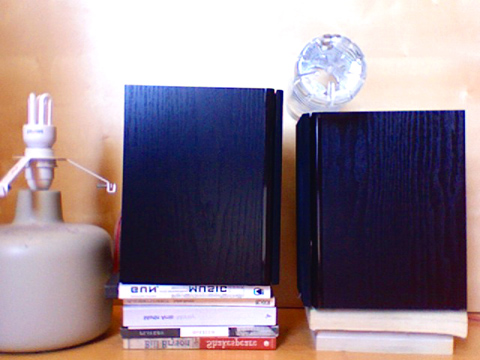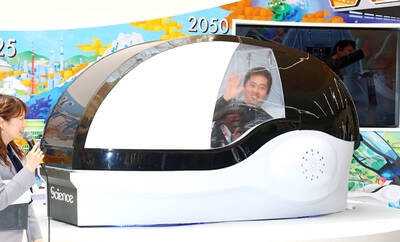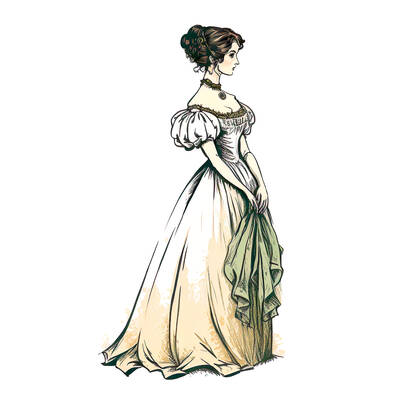It's difficult to believe today, but hundreds of years ago almost everybody believed that the Earth was the center of the universe. People were convinced that the Sun, the planets, the stars and everything else in the universe revolved round the Earth. Now we know that the Sun is at the center of our Solar System, and in today's experiments, you will learn some interesting things about the Earth's relationship to the Sun.
(JOHN PHILLIPS, STAFF WRITER)
現在說起來可能難以置信,但數百年前幾乎人人都覺得地球就是宇宙的中心,人們相信太陽、行星、恆星和宇宙間其他萬物都是繞著地球轉。現在我們知道太陽是我們所處的太陽系的中心,在今天的實驗中,你會學到一些地球和太陽間有趣的關聯。(翻譯:袁星塵)

PHOTO: JOHN PHILLIPS, TAIPEI TIMES
What you will need:
A lamp
A pencil and piece of paper
A flashlight
A two-liter bottle of water
An orange
A nail
A piece of thread
At least 10 books
實驗所需︰
一盞檯燈
一支鉛筆和一張紙
一支手電筒
兩公升的瓶裝水
一顆柳丁
一根釘子
一段線
至少十本書
Experiment one 實驗一
Everybody knows that the Sun rises in the morning and sets at night. But is that really true? In our first experiment you will discover what really happens when day becomes night.
Step 1: Remove the shade from the lamp. Turn off all the other lights in the room. The bulb shines brightly and gets hot, so be careful. Don't touch the bulb, even after it has been turned off.
Step 2: Tie the nail to the thread, then stick the nail into the orange.
Step 3: Gently spin the orange. Holding the string, slowly walk around the lamp. Notice how the light shines on the orange.
大家都知道太陽在早晨升起,在晚上落下,但真的是如此嗎?在我們的第一個實驗中,你將會發現白天轉變成夜晚的真正情況。
步驟一:拿掉檯燈的燈罩,關掉房間其他電燈。小心檯燈的燈泡會發出亮光且變得熱燙。即使關燈後,也避免觸及燈泡。
步驟二:用線綁住釘子,把釘子插到柳丁裡。
步驟三:輕輕轉動柳丁,握住那根線,慢慢繞著檯燈走。注意觀察光線照在橘子上的情形。
how it works 實驗原理
When you watch the Sun set, what you are really seeing is an illusion caused by the spinning of the Earth. In the experiment, approximately half of the orange is illuminated at any time. This represents day and the unlit half of the orange represents night. How long do you think it takes for the Earth to spin 360?? You can find the answer at the bottom of the page.
觀賞日落時,看到的其實是地球自轉所造成的假象。在這個實驗中,大約有半面柳丁隨時處於被照亮的情況,代表白天,而沒有被照亮的那半面則代表夜晚。你覺得地球旋轉三百六十度需要花多久時間?答案在本頁最下方。
experiment two 實驗二
If you've ever watched a sunset, you might have noticed a strange phenomenon. After the Sun dips below the horizon, you can still see its light for a couple of minutes. In this experiment, you'll find out why that happens.
Step 1: Remove the shade from the lamp.
Step 2: Stack up the books until you are unable to see the bulb when your eye is level with the top book.
Step 3: Make another stack of books slightly lower than the first stack. Lay the bottle across the books. Make sure the stack is high enough so that the light can hit at least some of the bottle.
Step 4: Look at the bottle. Although your eye level is below the light, you can still see the light in the bottle. Take the bottle away and you can no longer see the light.
如果你看過日落,可能會注意到一個奇怪的現象:太陽落入地平線後的幾分鐘內,你還是可以看到太陽的餘暉。在這個實驗中,你會發現這個現象的原理。
步驟一:拿掉檯燈的燈罩。
步驟二:把書堆疊起來,直到你的視線和最上面那本書等高,且看不見燈泡為止。
步驟三:再另疊一堆書,這次的高度比前一次稍微低一點。把那瓶水橫放在這堆書上面。確保這堆書堆得夠高,能讓至少一部份的水瓶被光源照到。
步驟四:看著那個水瓶,雖然你的水平視線在光源下方,你還是可以看到透過水瓶的光線。把水瓶移開,你就看不到光線了。
how it works 實驗原理
When we watch a sunset, the gasses in the Earth's atmosphere bend the Sun's light. The rounded top of the bottle works like the atmosphere, bending the light from the lamp and bringing it into view.
當我們在觀看落日時,地球大氣層的氣體會折射太陽光,水瓶上方的圓弧部分就像大氣一樣,會折射檯燈燈泡的光線,使其映入眼簾。

An automated human washing machine was one of the highlights at the Osaka Kansai Expo, giving visitors a glimpse into the future of personal hygiene technology. As part of the event, 1,000 randomly selected visitors were given the chance to try out this cleansing system. The machine operates as a capsule-like chamber where warm water filled with microscopic bubbles gently washes away dirt. The 15-minute process also includes a drying phase, removing the need for users to dry themselves manually. Equipped with advanced sensors, the device monitors the user’s biological data, such as their pulse, to adjust water temperature and other settings

Britain’s National Gallery announced on Sept. 9 that it will use a whopping £375m (US$510m) in donations to open a new wing that, for the first time, will include modern art. Founded in 1824, the gallery has amassed a centuries-spanning collection of Western paintings by artists from Leonardo da Vinci to J.M.W Turner and Vincent van Gogh — but almost nothing created after the year 1900. The modern era has been left to other galleries, including London’s Tate Modern. That will change when the gallery opens a new wing to be constructed on land beside its Trafalgar Square site that is currently

It is a universally acknowledged truth that Jane Austen, born in 1775, is one of the most beloved English novelists, and that her works still inspire readers today. She is renowned for her novels Pride and Prejudice, Emma, and Sense and Sensibility. Her stories often explore themes of love, marriage, and social status in late 18th-century British society and are written with wit and insight. To honor her legacy, the Jane Austen Festival is held every September in Bath, England. She lived there for several years, and the city is depicted in two of her novels. The festival began in 2001

Firefighters might face an increased risk of developing “glioma,” a type of brain cancer, due to certain chemicals encountered on the job. A recent study analyzed glioma cases and found clear connections between the genetic patterns of affected firefighters and their exposure to these harmful substances. The study found that firefighters exhibited significantly higher levels of specific mutational signatures in their glioma cells compared to individuals in other occupations. These signatures — unique patterns of genetic changes in DNA — help scientists trace the source of mutations. Earlier research has associated these mutations with certain chemicals found in fire